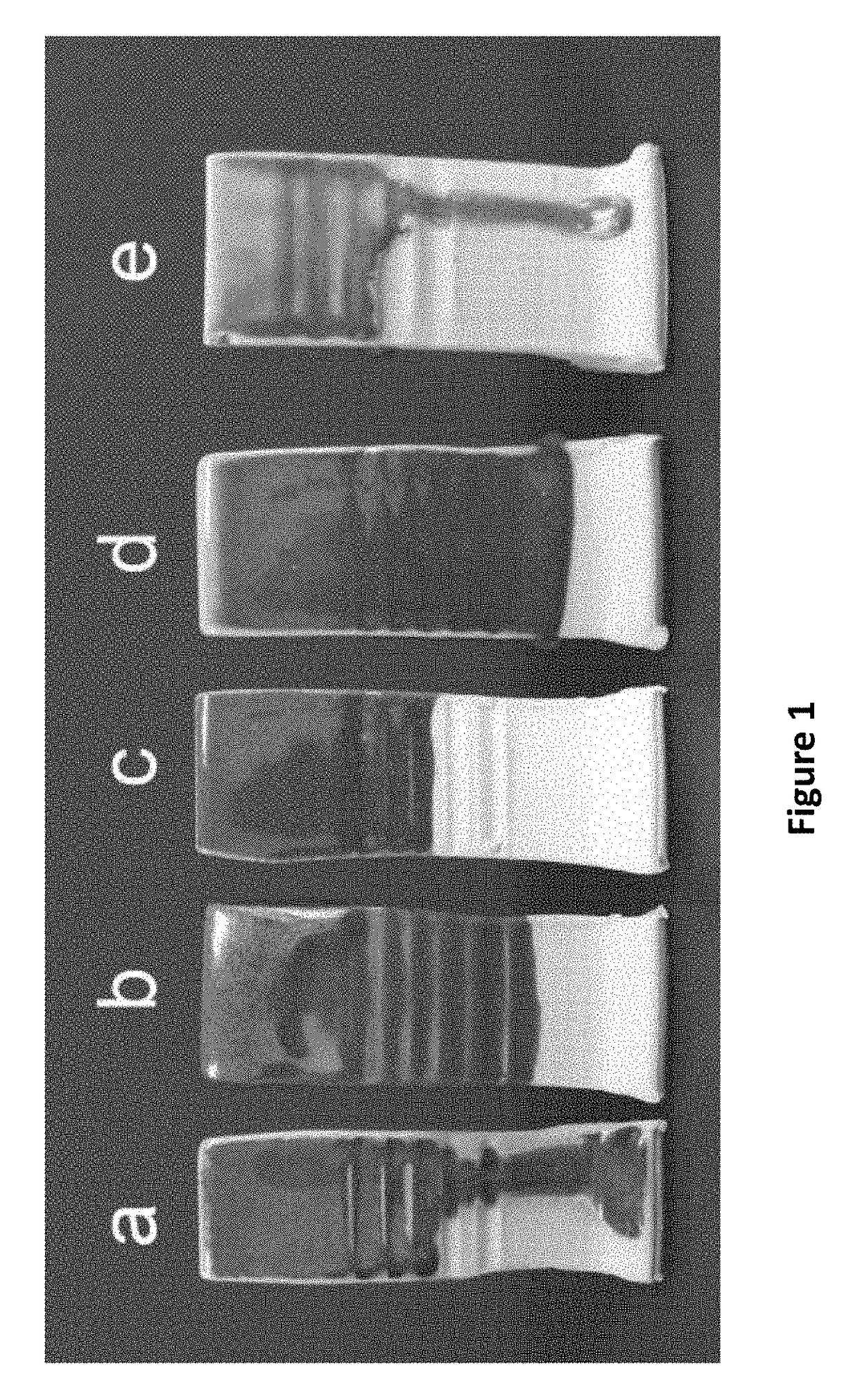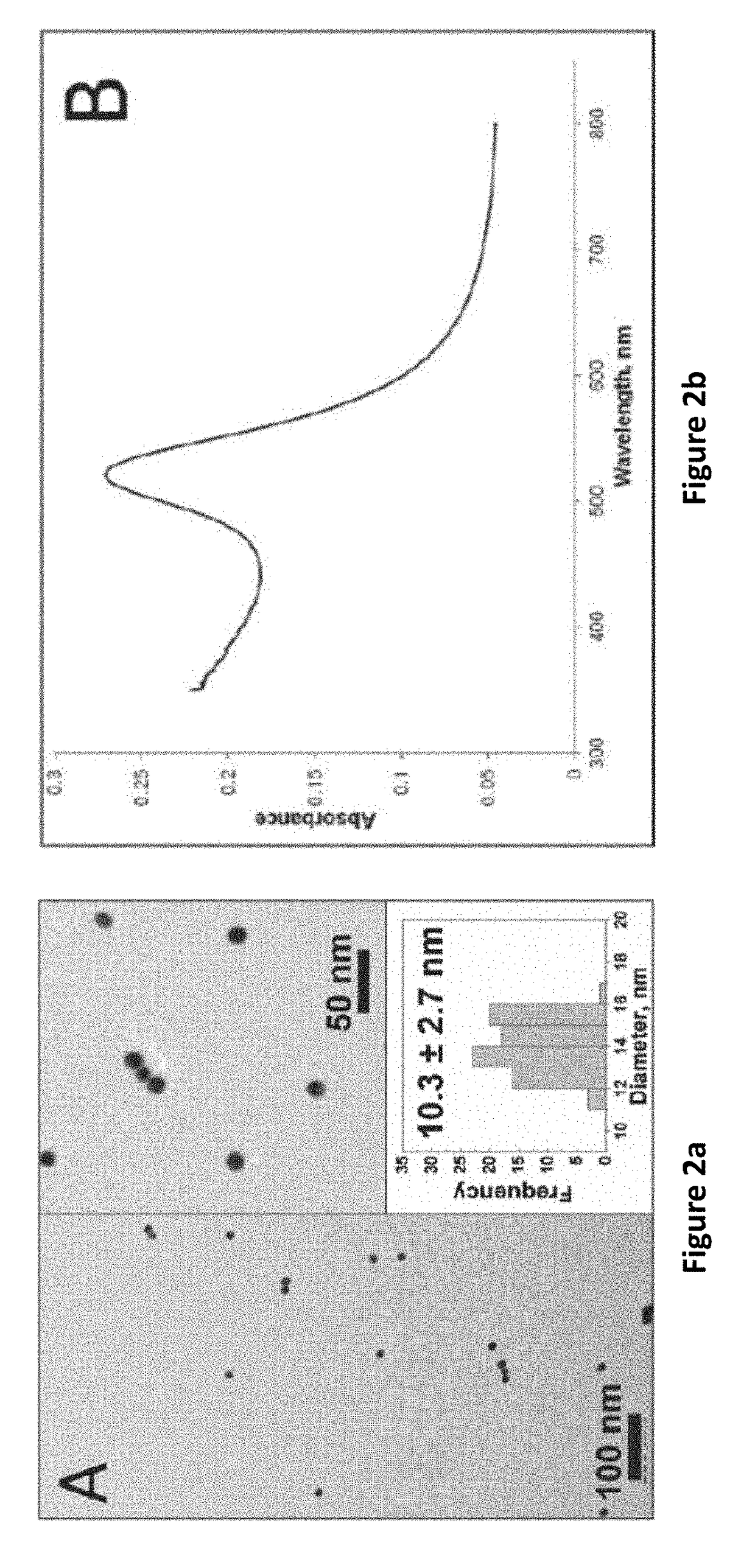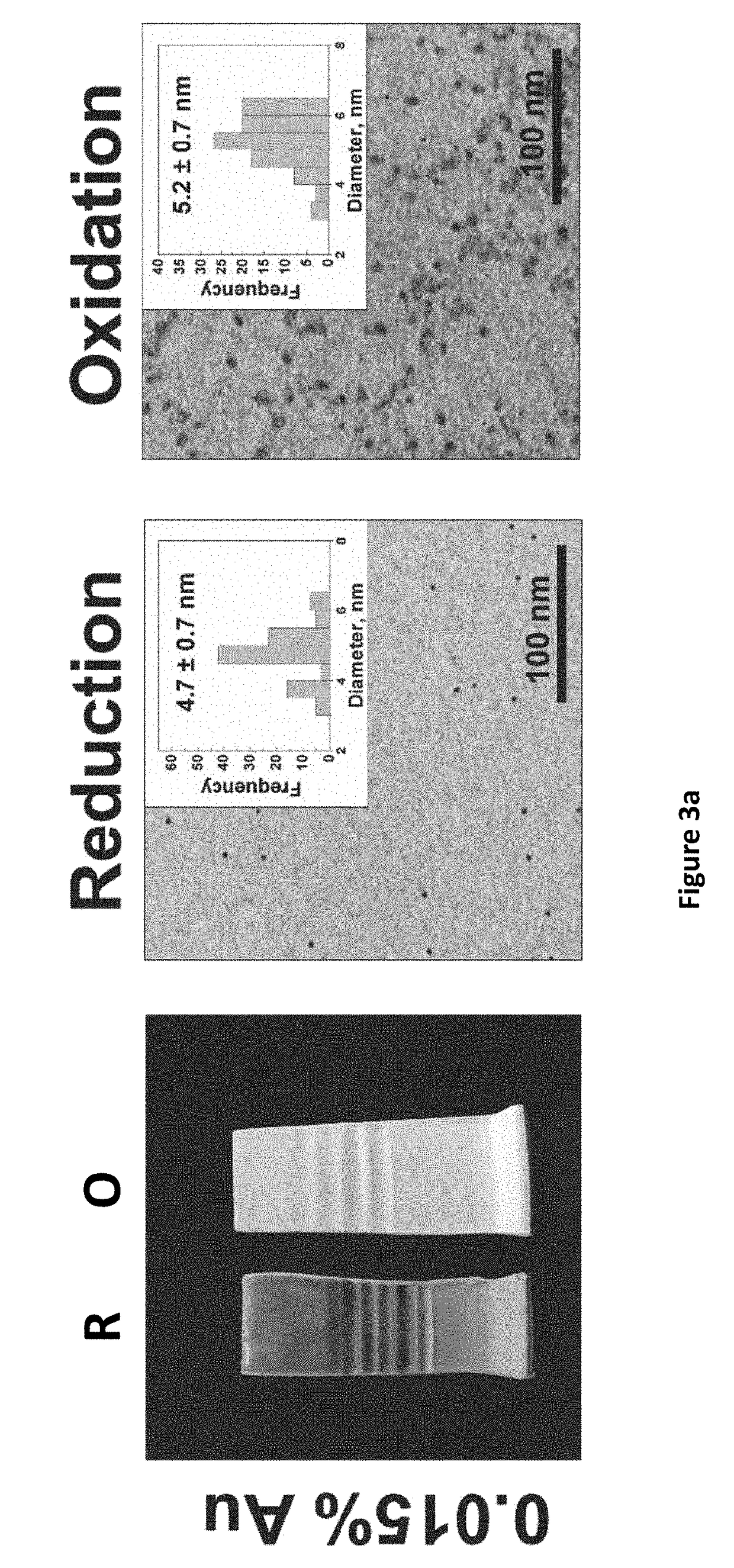Gold Nanoparticle in Ceramic Glaze
a ceramic glaze and nanoparticle technology, applied in the field of ceramic glaze production, can solve the problems of increased cost, increased exposure hazards, and increased heat consumption
- Summary
- Abstract
- Description
- Claims
- Application Information
AI Technical Summary
Benefits of technology
Problems solved by technology
Method used
Image
Examples
Embodiment Construction
[0002]The field of the embodiments is generally methods and systems for making ceramic glaze. More particularly, the present embodiments are in the field of producing a ceramic glaze using a novel formulation including, gold nanoparticles, gold aggregate, and gold and silver salts, in a novel process.
Description of the Related Art
[0003]Ceramic glazes are used to protect and color tile, pottery, and large-scale ceramic structures. Glaze colors result from combinations of feldspars, silicas, clays, and metal colorants —often high amounts, e.g., anywhere from 4% to as high as 12%, of many different metals, including toxic metal colorants such as cobalt, barium, manganese, nickel, and chromium. For example, dark green requires a mixture of 5-10% cobalt and chromium; Prussian Blue requires 5-10% cobalt and manganese; orange red requires 1-4% cadmium and selenium; reds can contain 5-8% nickel—a known carcinogen. Despite health hazards due to leaching and other environmental concerns, thes...
PUM
| Property | Measurement | Unit |
|---|---|---|
| Fraction | aaaaa | aaaaa |
| Fraction | aaaaa | aaaaa |
| Fraction | aaaaa | aaaaa |
Abstract
Description
Claims
Application Information
 Login to View More
Login to View More - R&D
- Intellectual Property
- Life Sciences
- Materials
- Tech Scout
- Unparalleled Data Quality
- Higher Quality Content
- 60% Fewer Hallucinations
Browse by: Latest US Patents, China's latest patents, Technical Efficacy Thesaurus, Application Domain, Technology Topic, Popular Technical Reports.
© 2025 PatSnap. All rights reserved.Legal|Privacy policy|Modern Slavery Act Transparency Statement|Sitemap|About US| Contact US: help@patsnap.com



